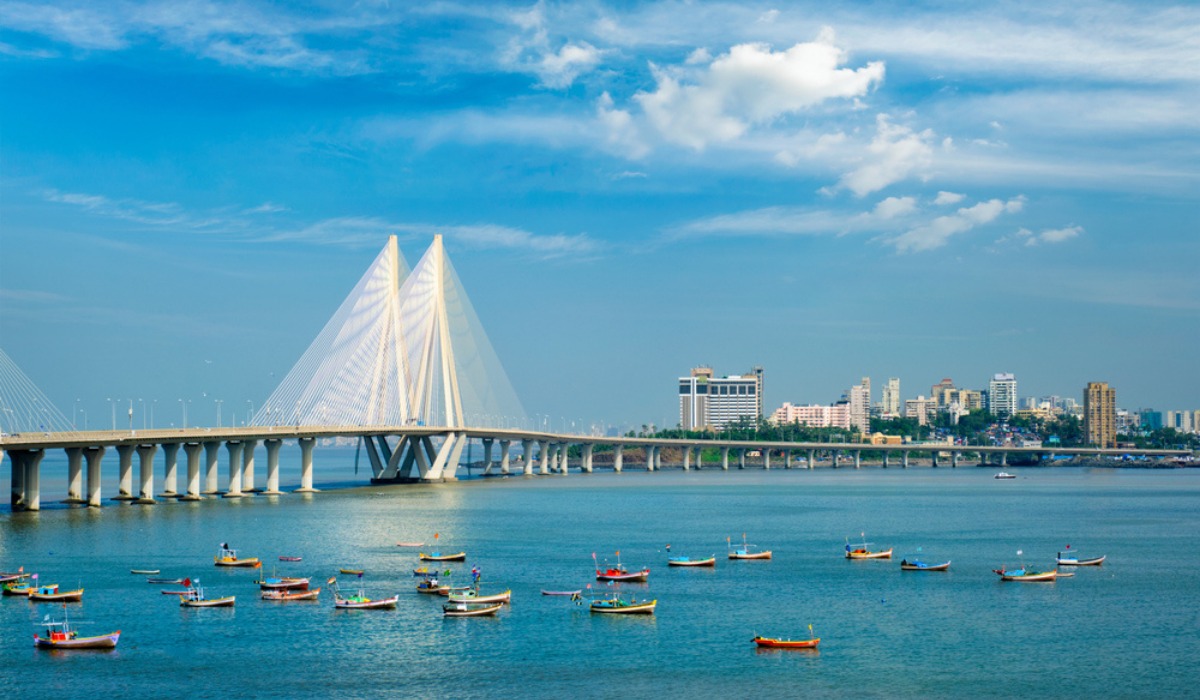Pitru Paksha, a significant period in the Hindu calendar, is a time dedicated to honoring and remembering one’s ancestors. This fortnight, also known as Shradh or Mahalaya Paksha, is marked by various rituals and ceremonies performed to appease the departed souls. In Mumbai, a city known for its cultural diversity and vibrant traditions, Pitru Paksha Puja is observed with great reverence and devotion. This article delves into the significance, rituals, and the unique way Pitru Paksha Puja is celebrated in Mumbai.
The Significance of Pitru Paksha
Pitru Paksha, which falls in the lunar month of Bhadrapada (September-October), is believed to be the time when the souls of the departed ancestors visit the earth. It is a period of 15 days dedicated to performing Shradh rituals, offering food, and paying homage to ancestors to seek their blessings and ensure their peaceful journey in the afterlife. According to Hindu belief, these rituals help in liberating the souls from any lingering earthly attachments, granting them salvation (moksha).
Mumbai: A Melting Pot of Traditions
Mumbai, the financial capital of India, is a bustling metropolis that blends modernity with tradition. Amidst its skyscrapers and fast-paced life, the city retains its deep-rooted cultural and religious practices. During Pitru Paksha, various localities in Mumbai come alive with rituals and ceremonies, reflecting the city’s rich spiritual heritage.
Key Rituals of Pitru Paksha Puja
The rituals of Pitru Paksha Puja are performed with meticulous attention to detail and vary slightly across different communities. However, some common practices include:
- Tarpan (Offering of Water): Tarpan involves offering water to the ancestors while chanting specific mantras. This is usually done at the banks of rivers, ponds, or even at home. In Mumbai, popular spots for Tarpan include the Banganga Tank in Walkeshwar, which is a revered site for performing such rituals.
- Pind Daan (Offering of Rice Balls): Pind Daan is a crucial part of the Shradh ritual where rice balls mixed with sesame seeds, barley flour, and ghee are offered to the departed souls. This ritual is believed to satiate the hunger of the ancestors in their ethereal form.
- Feeding the Brahmins: Feeding Brahmins (priests) and offering them dakshina (donations) is considered highly auspicious. It is believed that by doing so, the ancestors receive the offerings and are pleased.
- Anna Daan (Donation of Food): Providing food to the needy and the poor is another important aspect of Pitru Paksha. Many families in Mumbai organize charitable activities and distribute food to honor their ancestors.
Popular Pitru Paksha Sites in Mumbai
Mumbai, with its blend of ancient and modern, offers several locations where Pitru Paksha rituals are performed with great devotion:
- Banganga Tank: Located in Walkeshwar, this ancient water tank is a significant site for performing Tarpan and Pind Daan. Devotees gather here in large numbers to offer their prayers and perform rituals for their ancestors.
- Ghatkopar’s Ramnarayan Ruia Udyan: This park, situated in Ghatkopar, hosts Shradh rituals where families come together to perform the necessary rites under the guidance of priests.
- Sion’s Pratiksha Nagar: Another prominent location where Pitru Paksha rituals are performed. The area sees a congregation of people seeking to fulfill their duties towards their ancestors.
The Spiritual Atmosphere During Pitru Paksha
During Pitru Paksha, a solemn and spiritual atmosphere pervades Mumbai. Families come together to remember and honor their ancestors, often sharing stories and memories. The rituals are not just religious obligations but also acts of gratitude and respect towards the departed souls. The city, usually known for its hustle and bustle, witnesses moments of introspection and reverence during this period.
Modern Adaptations and Community Involvement
While traditional rituals are at the core of Pitru Paksha, modern adaptations have also found their way into the observance of these rites in Mumbai. Many people now engage in online Shradh rituals, where priests perform the ceremonies virtually, enabling those who cannot be physically present to participate.
Community involvement during Pitru Paksha has also seen a rise. Several organizations and temples in Mumbai organize collective Shradh ceremonies, where multiple families can perform the rituals together. This not only fosters a sense of community but also ensures that the rituals are performed correctly under the guidance of knowledgeable priests.
Conclusion
Pitru Paksha Puja in Mumbai is a beautiful amalgamation of tradition, devotion, and community spirit. This period of remembrance and reverence for ancestors is deeply ingrained in the city’s cultural fabric. Whether performed at ancient sites like the Banganga Tank or in the privacy of one’s home, the rituals of Pitru Paksha hold profound significance for the devotees.
As Mumbai continues to evolve and modernize, the essence of Pitru Paksha remains a timeless reminder of the importance of honoring our roots and paying homage to those who have paved the way for us. The rituals performed during this period not only seek the blessings of the departed souls but also reinforce the values of gratitude, respect, and familial bonds that are central to Indian culture.



